When I was looking for a small automatic rangefinder I very quickly got interested in one of the most popular ones, the Yashica Electro 35. However, the more common models looked quite big and they only had 40mm or 45mm lenses while I prefer 35mm. After a bit of research I found out that one of the rare models, the Yashica Electro 35 CC and CCN had a 35mm lens and a smaller black body. Rare means rare though and even broken ones were fetching high prices. In the end I bid on a CC and won it for an acceptable price, but it had been a bit of a gamble and it turned out to be broken in various ways.
The most obvious fault was that the rangefinder was stuck and something was rattling inside the top casing. When I opened the top a little pin fell out for which I couldn’t find any use, but somehow I managed to repair the rangefinder by completely removing the assembly and putting it back in again. The last step was adjusting the rangefinder and then the camera was at least in a state to test the electronics with a first roll of film. Although the electronics turned out to be fine this first roll was a real mess and even with my usual Lightroom magic there was no way to get rid of the glow and haze which I first attributed to light leaks. I managed to salvage these few pictures from the roll by pushing up the contrast, but I was really quite underwhelmed with the results. I wasn’t prepared to give up yet though, because at least the electronics weren’t fried. The next step of the repair was to fit the camera with some new light seals, which I hoped would solve all problems. It’s fiddly work, but not at all hard to do. Only after I had already put in the seals I started to wonder whether light leaks could really cause any glow though. I inspected the lens under a strong magnifying glass and there I found some odd gunk that sort of looked like fungus.
When it comes to camera repair the mechanical bits are definitely less scary to repair than the optical bits. I already repaired the shutter of my Zorki 3C, the film advance lever of my Zorki 4K and the rangefinder of this little Yashica, but opening up a lens was completely new territory for me. Still, if cleaning the lens was all that it took to get this Yashica going again, I was willing to give it a try. After all it was unusable like this anyway and the only other option was to sell it again after already investing quite a bit of time in the repair. So, I got myself a lens spanner, tried to open the lens and … failed. I couldn’t get the outer ring to budge at all. At this point I was lost and decided to ask my friend Damien for help during my next stay in Berlin. He is quite experienced with that sort of thing and was himself working on the repair of a CCN with fried electronics.
Back in Berlin on the night before I was leaving again we continued the repair. After a bit of filing to adjust the lens spanner we finally got the outer ring to budge. However, we then failed at removing the last lens element and this was the one that had to be cleaned. Only months later we got around to trying it again and finally succeeded in removing the element. It again needed some more filing which tends to be a bit scary next to glass elements. We cleaned the element with some hydrogen peroxide, reassembled the lens and painted the bits that we had filed with black paint to minimise flare. The gunk on the lens seemed to be oil rather than fungus and how it got there was a bit of a mystery because the shutter was actually clean.
Since then I’ve shot another roll with it. I haven’t scanned the pictures yet, but at least under the magnifying glass it looks like the repair effort succeeded. No light leaks and no glow as far as I can see. We’ll see what the scans will reveal. For now I can only show you the underwhelming results of the first test roll.
As for the camera itself: The lens looks sharp enough and although with a maximum shutter speed of 1/250 and a maximum ISO of 500 it is less versatile than my Olympus XA it looks like a nice little camera. I’ll probably shoot all my 35mm with it for a month to see how it holds up.
All pictures taken with: Yashica Electro 35 CC, Yashinon DX 35mm f/1.8.
Kentmere 400 developed in Tetenal Ultrafin 1:20, 16min.
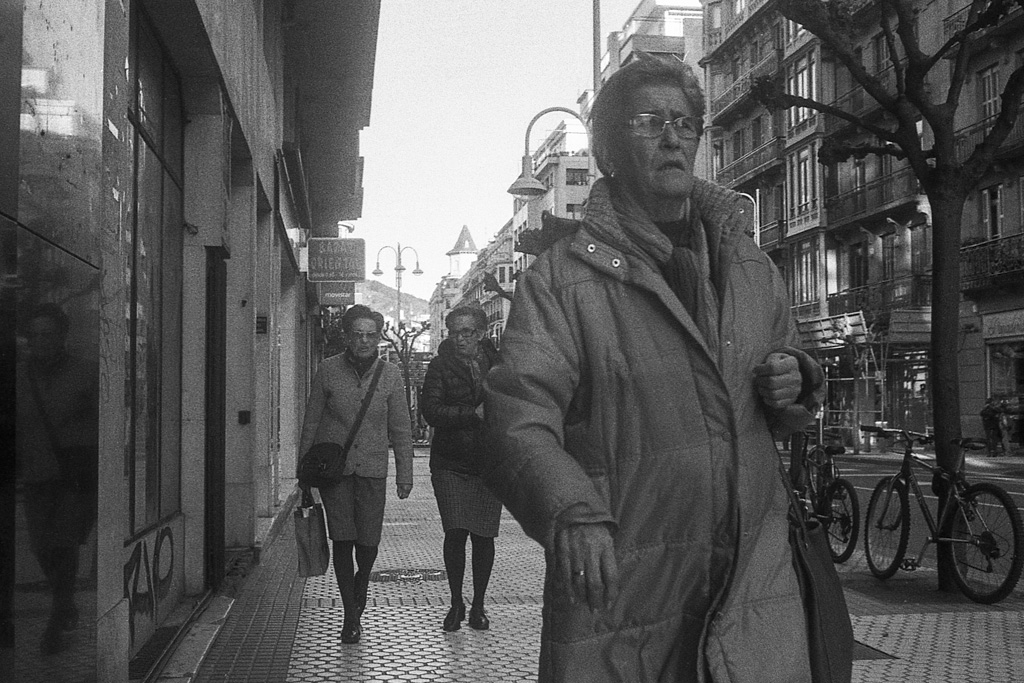
© Lilly Schwartz 2014
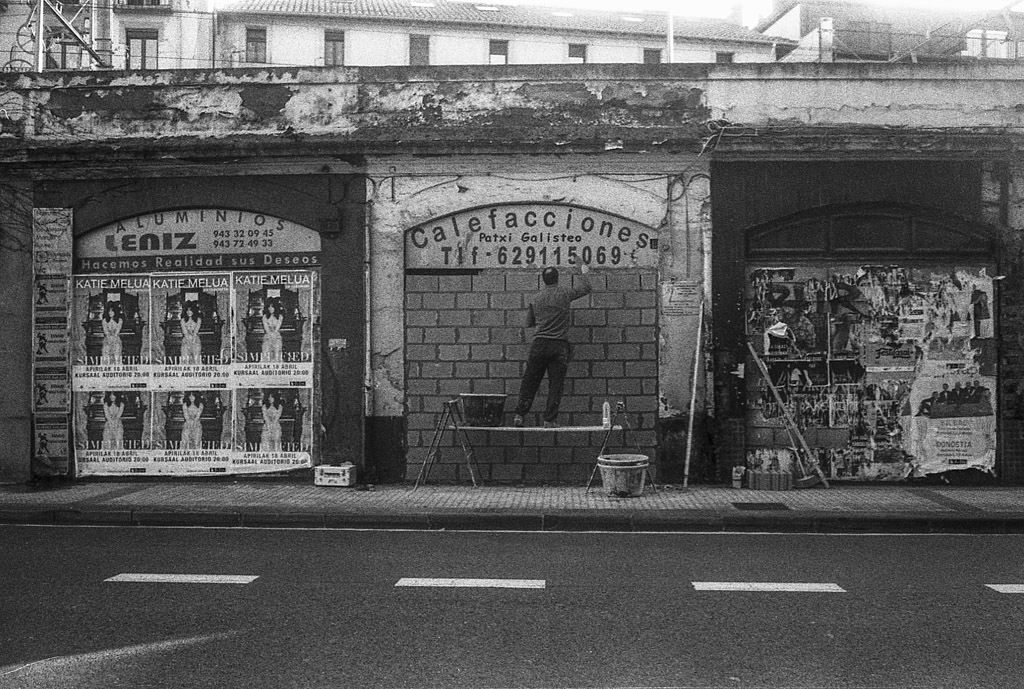
© Lilly Schwartz 2014
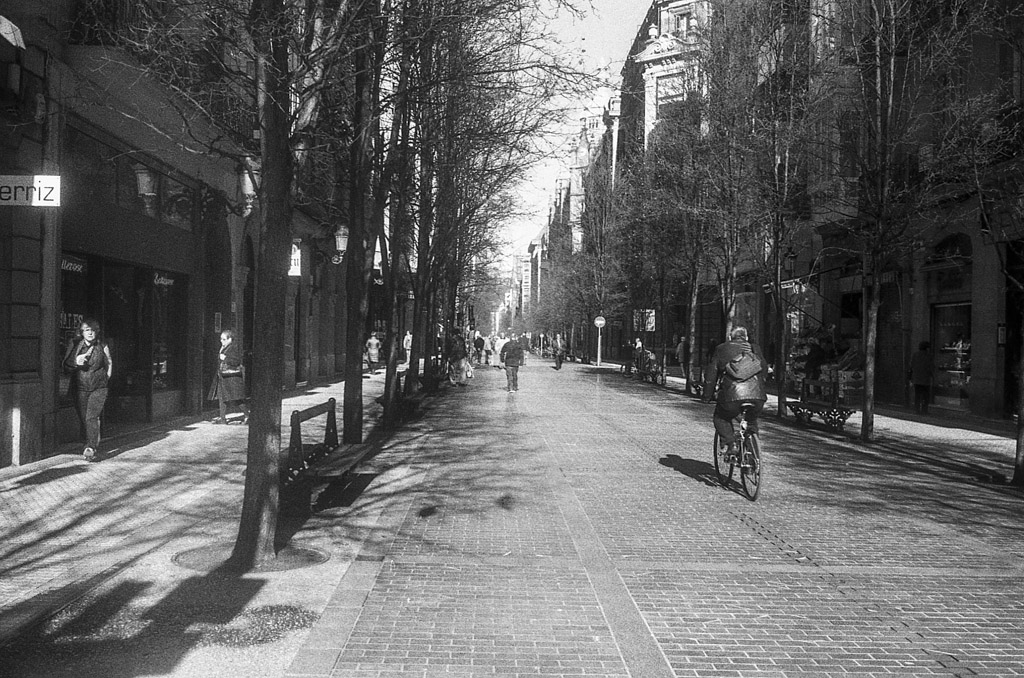
© Lilly Schwartz 2014
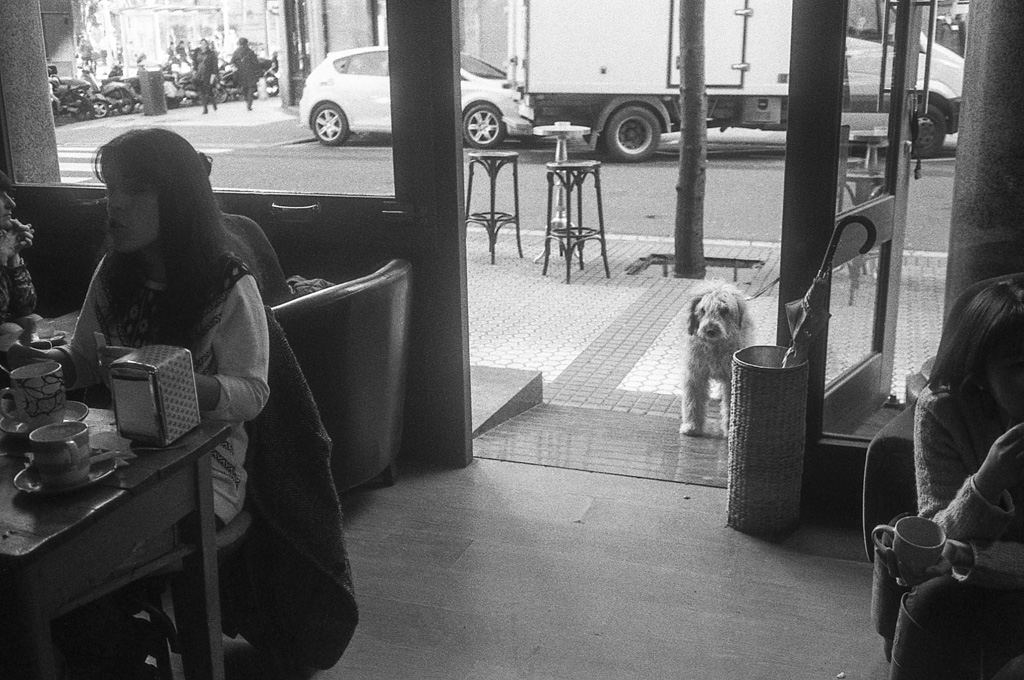
© Lilly Schwartz 2014
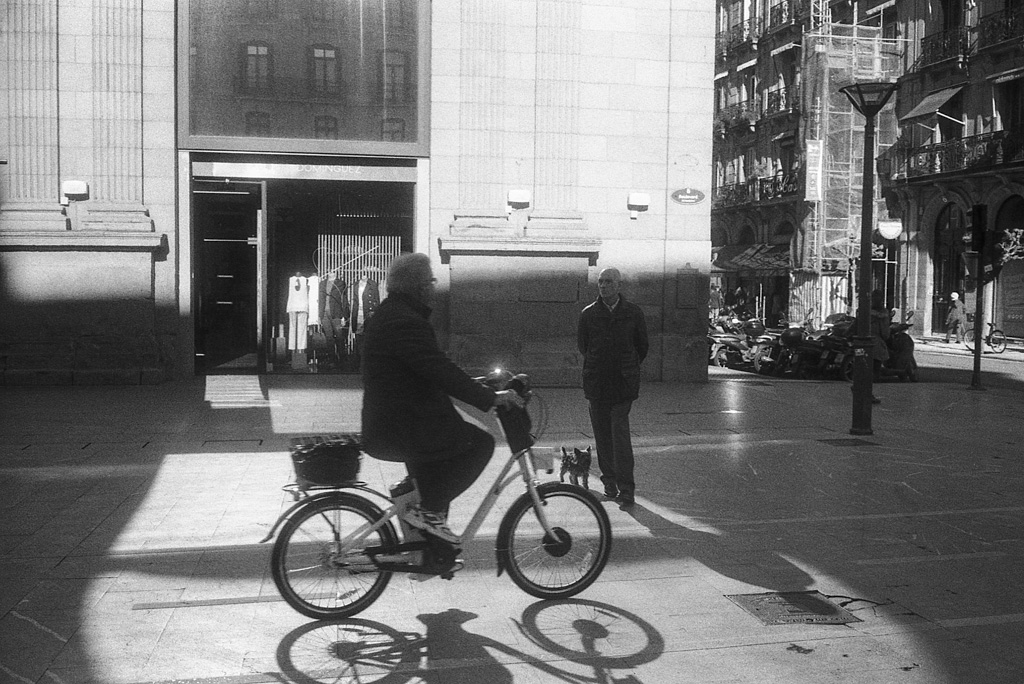
© Lilly Schwartz 2014
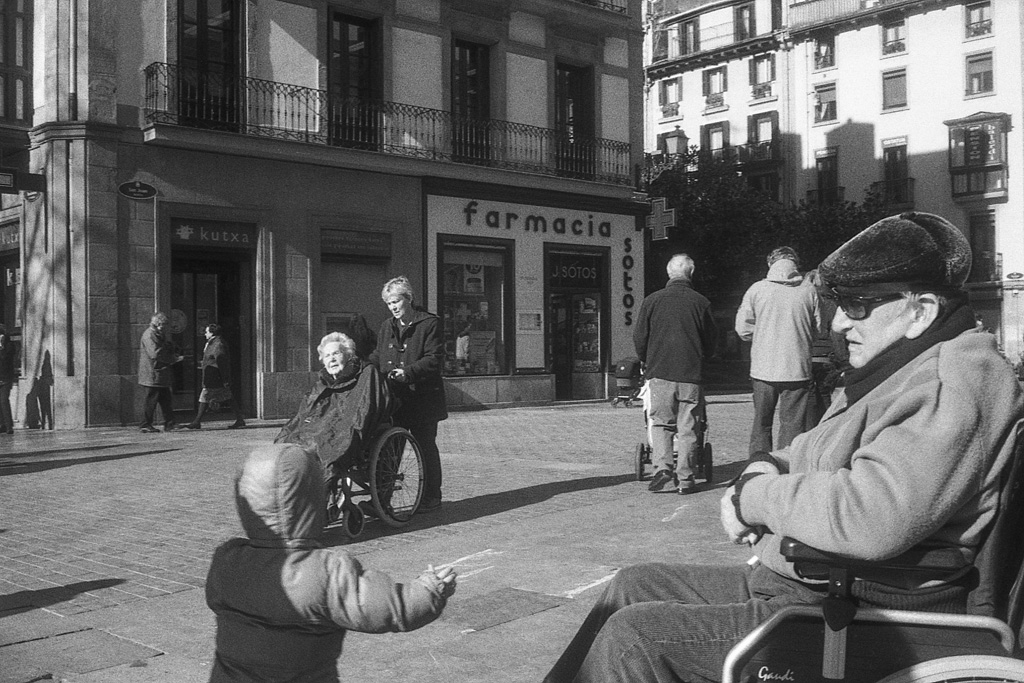
© Lilly Schwartz 2014